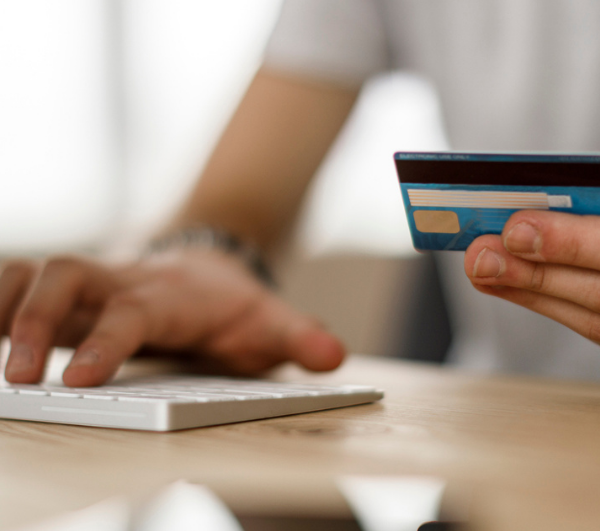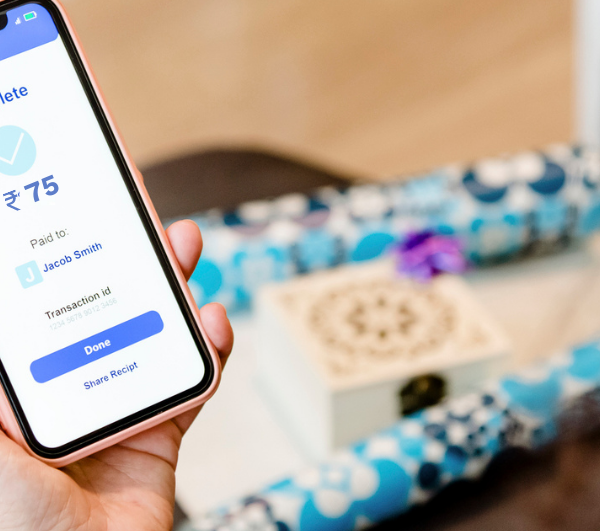India is entering a cashless economy where online payments will be the future. Let’s understand the state of the Indian Digital Payments ecosystem.
Online Payments is not a new concept, but the pandemic recognized the need to transact digitally during our daily lives. The pandemic acted as a catalyst in boosting India’s online payments system due to the need for contactless payment systems like UPI, wallet payments, card payments, etc.
During the festive season, online payments banks have noticed 60% of consumers used online payment methods to make purchases via e-commerce portals. So what are online or payments?
What are Online Payments mean in India?
Online payments involve transactions that occur digitally without using paper currency. Online payments facilitate hassle-free, fast, and secure payments through a secured network, from paying for online purchases to transferring money online to making investments. Online/digital transactions involve the collaboration of multiple parties, including the banks and the financial firms, along with several sectors within the economy.
For making online payments, the sender and the receiver must have:
- Bank account
- Online banking facility
- A medium through which the transmission can happen such as a bank or service provider
Different Methods of Online Payments In India
Presently, there are several online payment methods available in India. Online payment methods have been in operation for now, but they received traction during the pandemic lockdown. Let’s look at them in detail below:
Banking Cards
Banking Cards are one of the widely used payment systems in India. Cards are very convenient, portable, and have the benefit of security of payments. The two most common banking cards used for online payments are debit and credit cards. These cards are used extensively in both online and physical transactions. Some of the renowned payment networks are VISA, RuPay, and MasterCard, among others.
Aadhaar Enabled Payment System (AEPS)
As the name suggests, anyone holding Aadhaar can use AEPS to carry out online/digital transactions, provided the Aadhar number is linked with his bank account. An Aadhaar holder can use AEPS for balance queries, withdrawal, deposits, and Aadhar to Aadhar bank transfers. If your Aadhar number is registered with the bank where you hold an account, then you can use AEPS for your online payments. Instead of mentioning the bank details, one can send funds from one bank account to another through their Aadhaar numbers.
For making an AEPS transaction, all you need to do is:
- Visit a Micro-ATM or a business correspondent (could be even your local store owner with the necessary device, who will function as a “micro-ATM” and help conduct these instant transactions).
- Provide Aadhaar details.
- Authenticate it with your fingerprint or iris scan, and then continue with your transaction.
Unified Payments Interface (UPI)
UPI is the most popular online payment system that brings in several bank accounts into one single app. Any individual holding a bank account can send or receive money through a UPI application. UPI is extremely user-friendly; any UPI transaction requires merely a few clicks on the phone. UPI also allows users to transfer money without the hassle of remembering the bank account number or IFSC code. All they need to know is the phone number or a Virtual Payment Address. Several UPI apps are available both for Android and iOS platforms.
Mobile Wallets
Mobile Wallets are essentially your virtual wallet. Usually, people link their bank accounts to this online/digital wallet for secure transactions. One can download a mobile wallet app, add money to these wallets and use them for their purchases. With services like sending and receiving money, merchants’ payments, and making online purchases, among others, mobile wallets broadly facilitate faceless and cardless payments. Even, several prominent banks have also launched their e-wallet services, such as ICICI Pockets, Axis Bank Lime, etc.
Internet Banking
Internet banking allows users of a particular bank to carry out financial activities online, including transferring money, applying for loans, credit cards, closing an account, and many more. Almost all Indian banks have internet banking or e-banking services. The internet banking system is a banking network that is open throughout the year. The broad scope of the banking facilities that internet banking provides makes it a trendy option among customers. Almost all online transactions can happen using internet banking.
PoS Terminals
PoS terminals or Point of Sale terminals are the locations where the sale happens. For a long time, PoS terminals were those machines on the counters in malls and stores where the payment was made using credit or debit cards. These are the same machines where the users swipe the card and enter the PIN. However, with the increasing popularity of other payment methods, new PoS terminals have come into place.
Physical PoS terminals are available in shops and stores; Mobile PoS are accessible through a phone or a tablet; Virtual PoS, are simply accessible through web-based applications to make payments hassle-free.
Mobile Banking
Mobile Banking helps you do all financial activities with your smartphone. It is an umbrella term encompassing several banking services that are accessible over mobile devices. With the rise of UPI and digital wallets, banking via mobile has been expanding. It is becoming a popular option due to its convenience and swiftness. Most banks have their mobile banking apps where all services, including investments, bank statements, bill payments, and many others, are available at the click of a button.
PayU: Your Online Payments Partner in India
PayU provides online merchants with innovative payment technology with a range of multi-faceted features. Basically, a no-brainer tool to transact digitally while catering to individual freelancers, startups, and business enterprises.
Integrating PayU payment network with business has several advantages, including:
- The high transaction success rate.
- The ready-to-use payment network to set up with no coding skills.
- PayU has developer-friendly APIs, plugins that facilitate easy integration with merchant websites.
- Once your account is set up, you can start accepting payments easily. All you need is to complete the onboarding process. The entire process is online and hassle-free.
- The PayU team helps merchants operate seamlessly and securely without any downtime.
Final Words
The Government of India has taken several steps to push people to use these online payment methods using their “Digital India” campaign. This campaign aims to create a cashless economy. Online payments help you keep “your money under your control”. At PayU, we help people facilitate online transactions seamlessly. To know more about us, visit PayU now.




